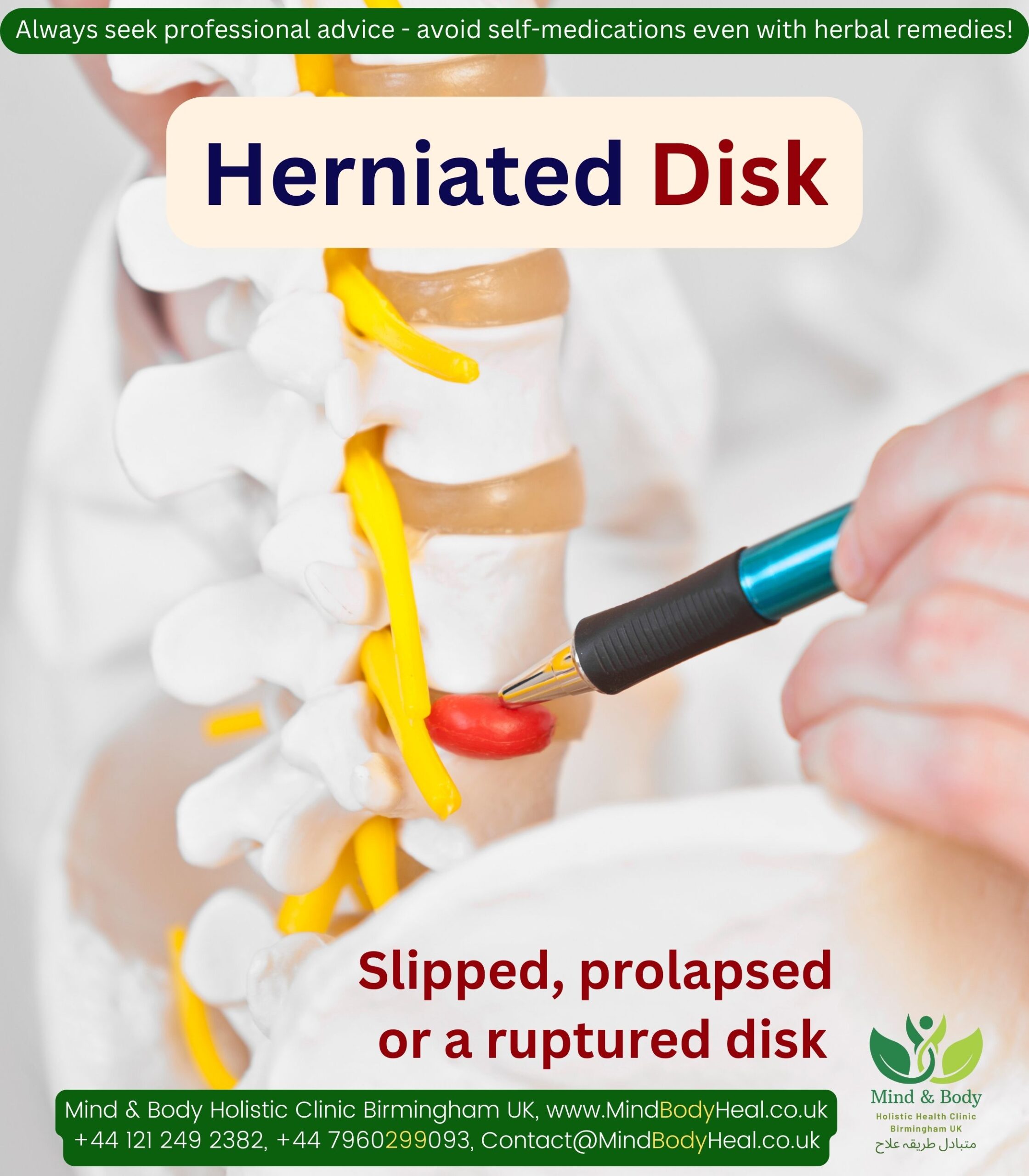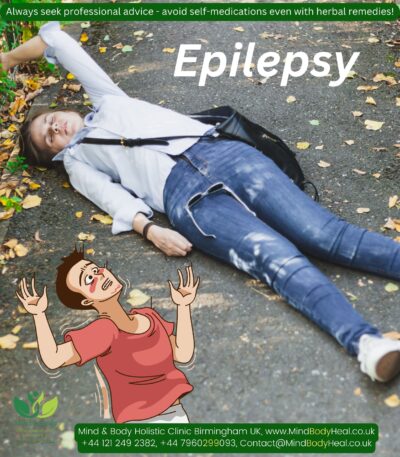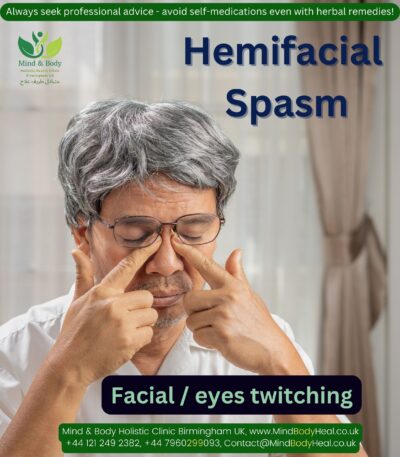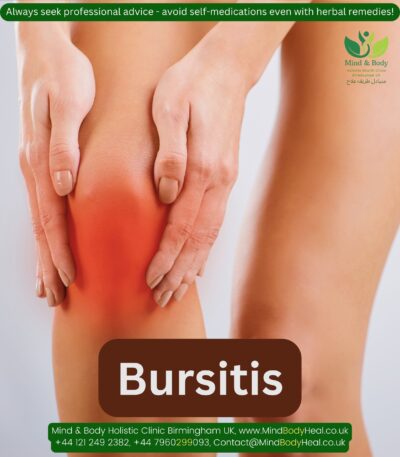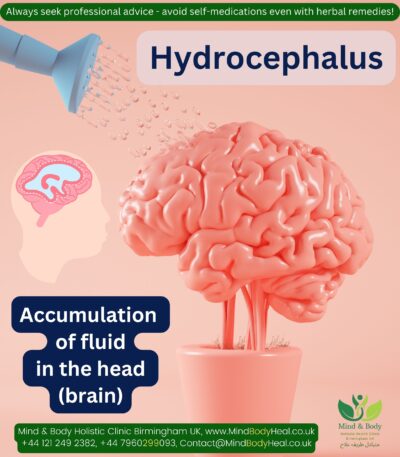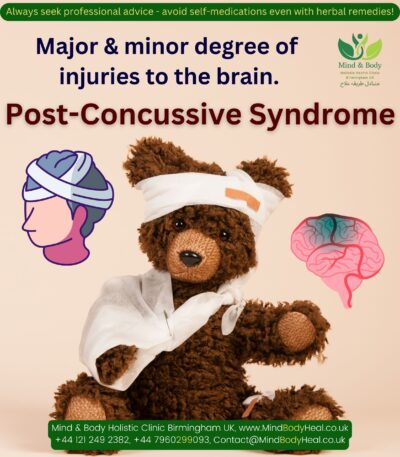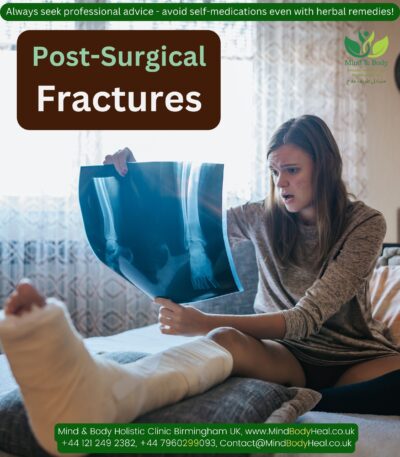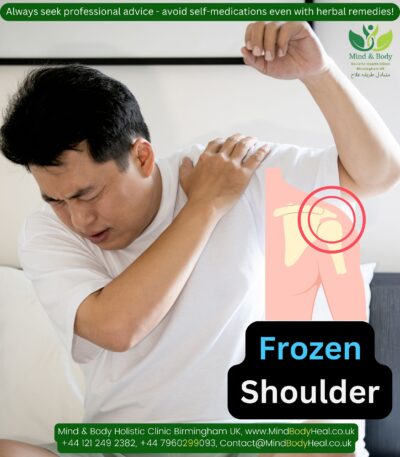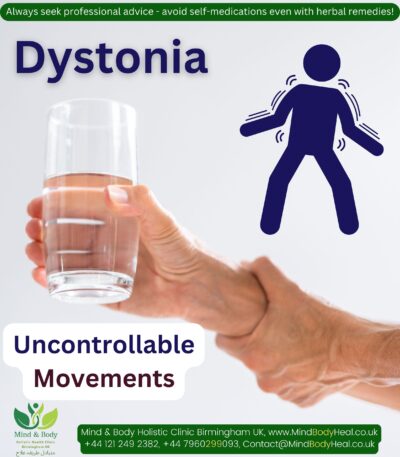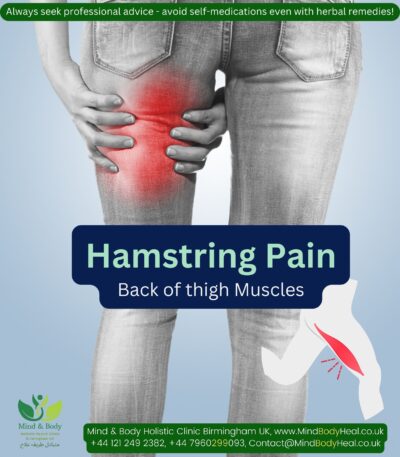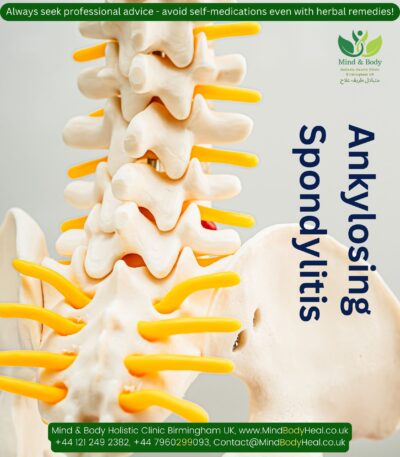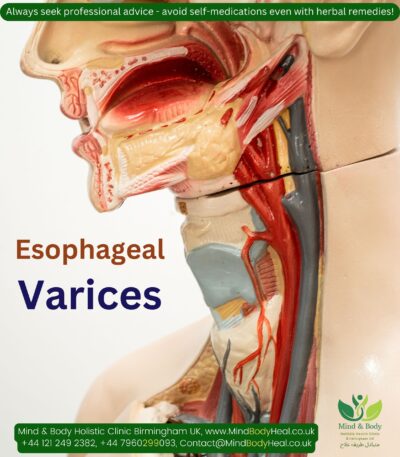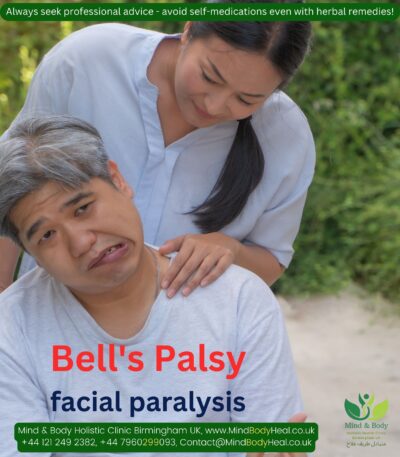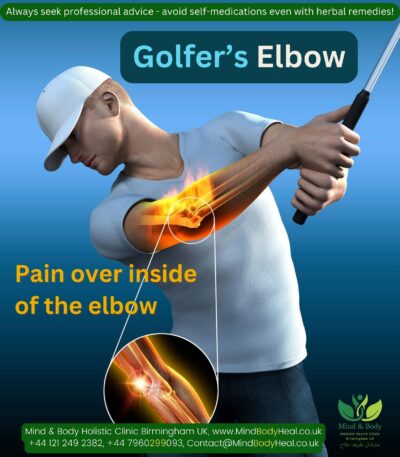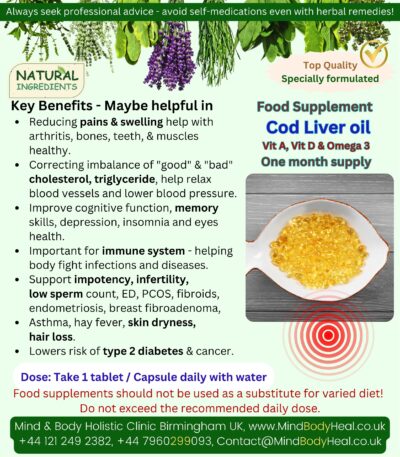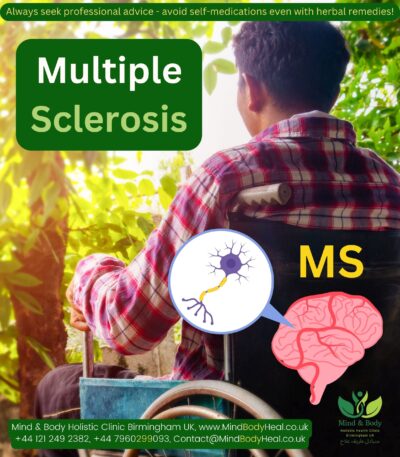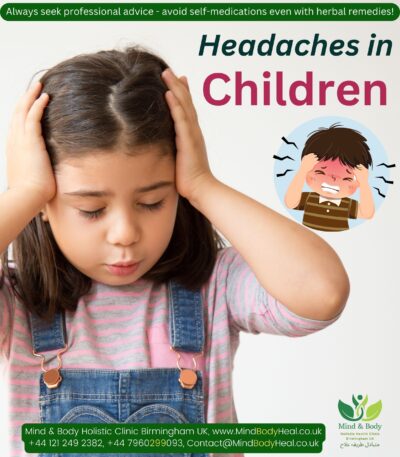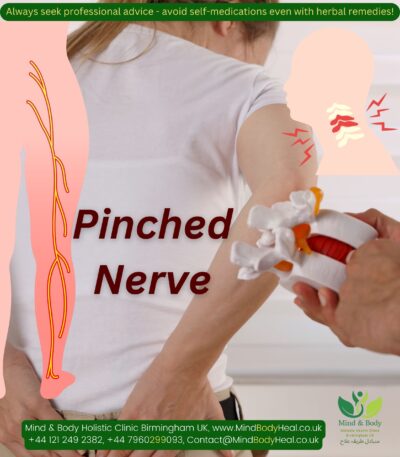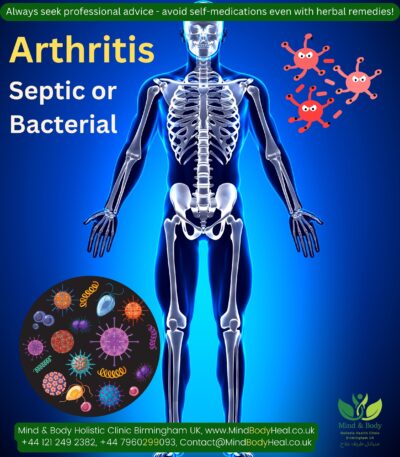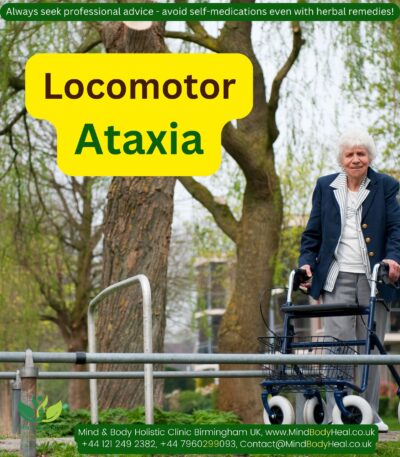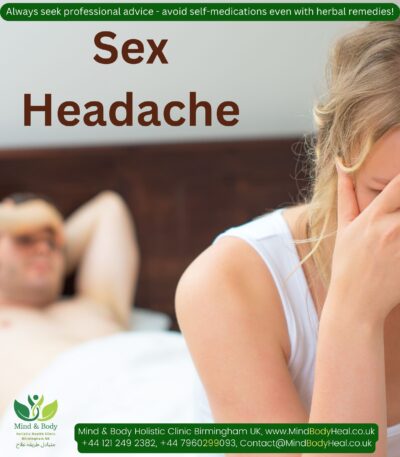The discs are the shock absorbers of the spine.
They are pieces of cartilage which separate the vertebrae and help to cushion them.
The discs have a soft, jelly-like pulpy centre, which may bulge or burst out through the tough outer portion & irritate adjacent ligaments or a nerve root.
A herniated disk also known as slipped, prolapsed or a ruptured disk, refers to a problem with one of the rubbery cushions, called disks, that sit between vertebrae – the bones that stack to make the spine.
A herniated disk occurs when some of the nucleus (spinal cord’s jelly-like centre) pushes out through a tear or the weakened part of the disc’s outer layer.
It is a sort of injury to the intervertebral discs and cause its displacement from its normal position.
A herniated disk can occur in any part of the spine, but most often occurs in the lower back and often affect one side of the body.
Depending on site of the herniated disk and the disk is pressing on which corresponding nerve, it can result in radiating or shooting pain, numbness or weakness etc., in arms or legs.
Typically, If the herniated disk is in your lower back, you will feel the pain in your lower back, buttocks, thigh, calf or foot as well.
For a herniated disk in your neck, one typically feels the pain in your shoulder, arm or hands etc.
COMMON SIGNS & SYMPTOMS
Many people have no symptoms from a herniated disk in mild cases.
For those who have symptoms, they may include:
- Severe Back pain
- Burning or stinging pain
- Agonizing, sudden back pain.
- Movements restriction.
- The electric-like pains may radiate to the shoulder, neck, arm, hand, fingers or down to the legs.
- Numbness and tingling sensation of affected parts.
- The pains get worse when you cough, sneeze or move into certain positions.
- Muscles served by the affected nerves tend to weaken – having difficulty to lift or hold items.
Possible Causes & Risk Factors
- Genetics – inherited predisposition to developing a herniated disk.
- Ageing – gradual wear and tear or degeneration.
- Excessive straining or trauma to the spine
- Strenuous sudden activity.
- Lifting up something heavy, using the back muscles instead of the leg and thigh muscles.
- Twisting and turning while lifting.
- An injury or trauma such as a fall or a blow to the back.
- Obesity or being overweight can cause extra stress on the disks in the lower back.
- Occupations – involving repeated lifting, pulling, pushing, bending sideways, twisting or prolonged periods of driving.
- Smoking can cause lessens the oxygen supply to disks, causing them to break down more quickly.
- Being lazy or sedentary.
DO’S & DON’TS – to help prevent further deterioration, do the following:
- Do not lift very heavy weights by bending at the waist. Always kneel down or flex the knees and keep your back straight while bending to lift something.
- Avoid sudden, jerky, twisting back movements.
- Reduce weight as it puts strain on back muscles / ligaments.
- Regular exercise for back help regains muscle tone.
- Do not exercise when pain is severe, wait for the pain to abate.
- Do not sleep on a mattress that sags. Make sure that your bed is firm and flat.
- Use a hot water bottle or heat lamp when in pain.
- Do not overstrain if pain is severe.
- Take rest and never take more than the manufacturers recommended dose of painkillers.
- Maintain good posture. Keep your back straight and aligned, particularly when sitting for long periods.
- Quit smoking. Avoid the use of any tobacco products.
FREE Shipping included – Usually dispatched within 1 – 2 working days!
Are you concerned about your health or managing a recurring or chronic condition?
Our website provides informed guidance and initial supportive care for individuals who are finding it difficult to access their doctors or who have not experienced desired improvement with conventional options.
We help individuals explore a range of natural and holistic healing approaches to encourage balance and long-term wellness that may complement your healing journey.
We offer a ready-to-use complementary remedies kit designed to ease discomfort and support well-being, with clear instructions for each item.
The kit includes a personalised selection of remedies based on your signs, symptoms, and likely causative factors.
It may combine homeopathic medicines, herbal or daily supplements, a tailored diet plan, lifestyle guidance, practical tips, and topical applications where needed. It’s suitable if you value the healing potential of natural, holistic remedies.
Complementary remedies work best alongside standard medical treatments and can usually be taken safely with your regular medications.
Our homeopathic remedies follow Dr. Hahnemann’s traditional dilution and succussion methods and are prepared by a qualified naturopathic practitioner, supported by research, clinical experience, and observed outcomes in similar cases. Treatment duration can range from a few weeks to several months, depending on severity and chronicity. Outcomes vary with individual factors and case complexity.
If you prefer lactose pills instead of sucrose globules, let us know. Please also provide the patient’s age so we can supply appropriately sized pills. You can simply send this via WhatsApp at 07960 299 093.
These remedies may contain trace amounts of natural plant, mineral, or animal substances, preserved in medical-grade alcohol. Inform us of any allergies or dietary restrictions before purchase.
You may contact us before starting or book a detailed consultation (in person or via teleconsultation) with one of our experienced naturopath for your detailed assessment or personalized guidance.
Natural remedies can affect the body and may not suit everyone. At the start of treatment, some patients—especially with mental health or skin issues—may experience a temporary increase in symptoms. This may represent medicinal aggravation, indicating the body is responding, though symptoms may not be connected and simply coincidental. If they persist, contact us for support.
Why some patients choose natural, complementary or holistic remedies:
• Symptomatic relief and improved well-being
• Gentle options with fewer side effects
• Whole-person focus, addressing physical, emotional, and lifestyle factors
• Root-cause and preventive emphasis
• Encouragement of active self-care
• Support alongside conventional treatment
• Personalised and accessible care
Precautions:
• Inform your healthcare provider about any complementary therapies
• Some herbs or supplements may interact with conventional medications
• Do not replace conventional treatment for serious, chronic, or terminal conditions
These complementary remedy kits are provided for your own discretion and personal responsibility. Use them mindfully and avoid self-medicating in sensitive situations.
If you are looking for a specific remedy / kit not listed on our site or a customized formulation, contact us—our range is extensive and can be tailored to your physical and mental symptoms and causative factors.
Disclaimer:
Natural remedies—including homeopathic remedies, herbal supplements, and aromatherapy products—are generally safe for most people, including children and older adults. Still, consult your GP or healthcare provider before use, especially if pregnant, breastfeeding, or managing chronic or serious conditions.
- Our remedies support general wellness and are not a substitute for medical advice.
- Review product details and make informed decisions before purchasing, particularly for ongoing or serious concerns.
- We provide general guidance only; detailed personalised consultations are not available through this platform.
- These remedies are intended for individuals able to follow instructions independently.
- Our support focuses on product use and general information; repeated or highly detailed personal queries may not receive individual responses.
- If you need frequent reassurance or highly tailored advice, please consult a qualified naturopath or healthcare provider before purchasing.
Due to strict UK regulations on the sale of medicinal products, we cannot give specific advice, without a face-to-face consultation.


